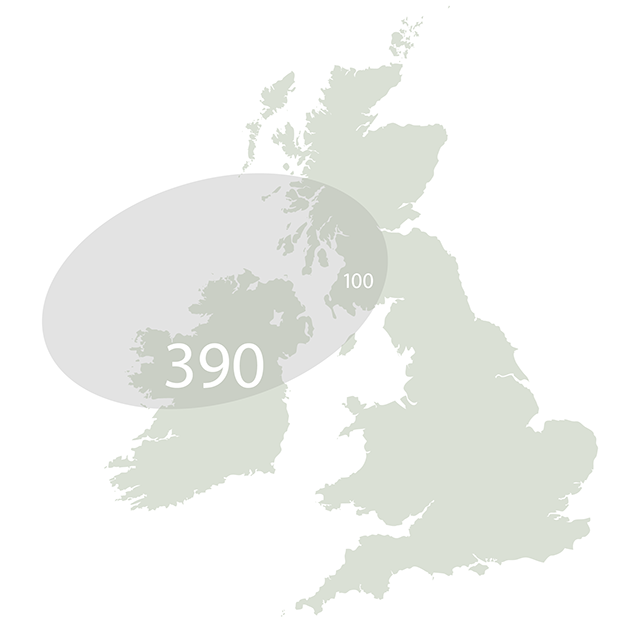On our recent trip to Boston, we caught the train across the Charles River to Cambridge, to visit the campus of Harvard University. Harvard has been in the news recently for two major, negative, stories. It's a beautiful campus, with a 'flatiron' building nearby which looks a lot like the one in Victoria Street in Belfast. Seamus Heaney taught at Harvard from 1981–97.
In the 1930s, Harvard sent archaeologists to Ireland. They concluded that, in ancient times, before land masses had their modern names that we use today, there had once been a 'land bridge' connecting today's Ireland with today's Scotland - "this facilitated the arrival in Ireland of new types of animals, including man".
The Harvard team investigated the 'court cairns' burial tombs - the first one they excavated was at Creevykeel in Sligo, which they dated to around 3900BC. Near me, there is a court cairn at Millin Bay just south of Cloughey on the outer coast of the Ards Peninsula. I have cycled to it a few times. It's a beautiful setting, right on a very quiet bay. The text of the interpretive panel is online here.
Court cairns are unique to Ireland and Scotland. There are said to be 390 court cairns in the northern half of Ireland, in the area above a line from The Burren to the Cooley Peninsula. There are also around 100 in Scotland, predominantly in the south west. These all date from at least 2500BC and so are approximately contemporary with the Great Pyramid of Giza in Egypt. I expect that there are some academic volumes which have accurately located the position of every court cairn - I checked Ireland in Pre-Celtic Times by R.A.S. Macalister (1921), but with no joy. Here's a basic map -

Nearly 500 court cairns, across around 5000 years of common cultural interactions. So, when terms like 'settler colonialism' and 'decolonisation' are thrown around with regard to historic relations between Scotland and Ireland, perhaps this is the colon which is being referred to and which needs to be cleared out.
"It will be a dispute between the two kingdoms until the end of time whether Ireland was peopled from Scotland or Scotland from Ireland’. – Description of East Antrim, 1760
• Here's an article from The National newspaper of Scotland, from back in November
• Below is the crest from the John Harvard monument, known as the statue of the 'three lies'.











0 comments:
Post a Comment